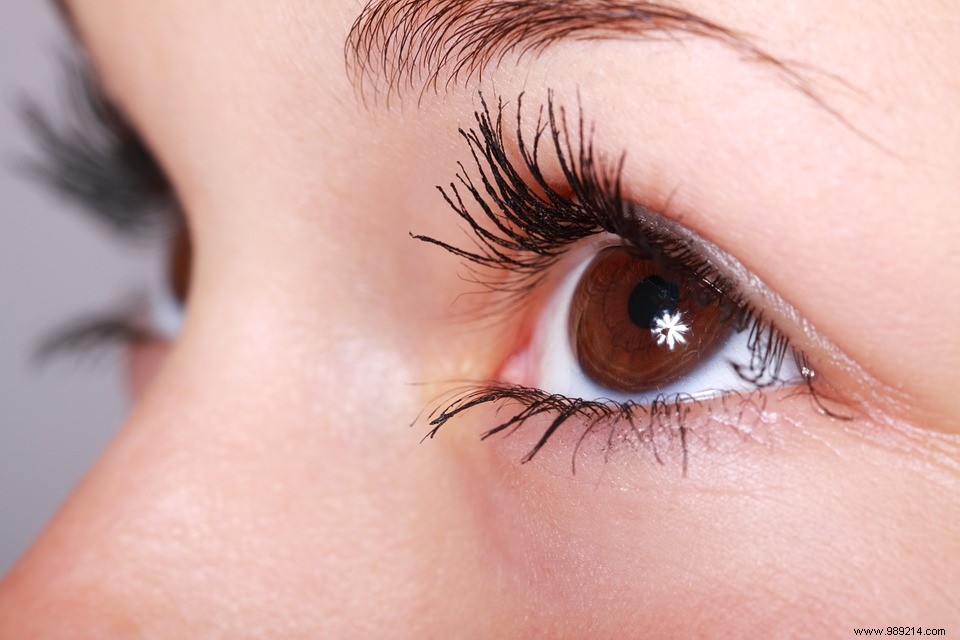French researchers have developed an innovative gene therapy to restore vision to people with a rare hereditary disease. While clinical trials are encouraging, scientists want to proceed to commercialization.
Leber's hereditary optic neuropathy (LHON) is a rare and hereditary disease. This occurs in adolescence, with a sudden and bilateral loss of vision that can lead to blindness. This disease is caused by mitochondrial DNA mutations affecting the production of the ND4 protein. In young men, it affects only one eye, then the second a few months later. As for the occurrence of the disease, it is 1 in 30,000 to 50,000. As the Handicap.fr platform explained on December 12, 2020, the Institut de la Vision in Paris wants to help these patients through the start-up GenSight Biologics. To do this, they developed a treatment based on a new approach to gene therapy. For the very first time, there is talk of correcting a defect in the mitochondrial ND4 gene.
Recall that gene therapy is a strategy aimed at iintroducing genetic material into cells in order to treat a disease. In order to achieve proper penetration, scientists mostly use a viral vector. This ensures the transport of genetic material to the cell nucleus. However, the researchers faced an obstacle:how to target the mitochondria when the vital vector introduces the DNA carrying the correct gene into the nucleus?

Scientists say they have found the key to this problem using an innovative approach. This is the addition of DNA sequences called "address sequences" to the gene. Their function is none other than to ensure the transformation of genetic material into functional proteins in contact with mitochondria. An international clinical trial led by the UCL Institute of Ophthalmology (United States) then confirmed this treatment.
The trial named Reverse involving 37 patients showed real clinical improvement. Injection of the gene therapy vector into one eye improved vision bilaterally in more than three quarters of patients. However, this beneficial effect for both eyes after an injection in one eye surprised the researchers. GenSight Biologics therefore tried to better understand this phenomenon by testing the therapy again, this time on animals. According to the results, the bilateral effect is explained by the transfer of the healthy gene from one eye to the other.
For researchers, this work opens the way to the treatment of patients with Leber optic neuropathy. However, until now, there was no effective treatment. More research will have to determine this, but the therapy may also work for other mitochondrial diseases in other fabrics.